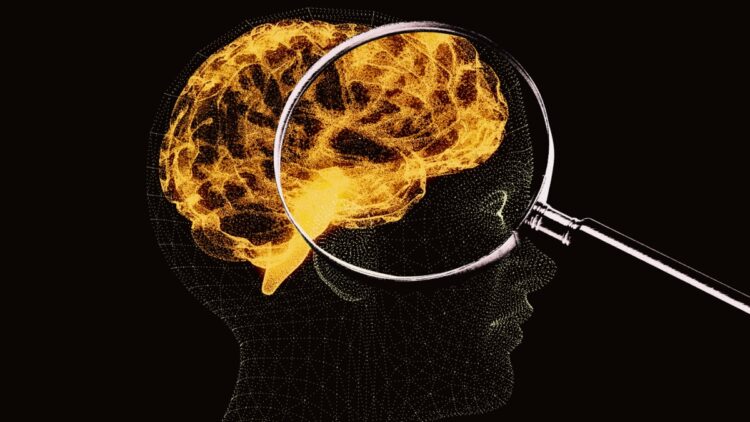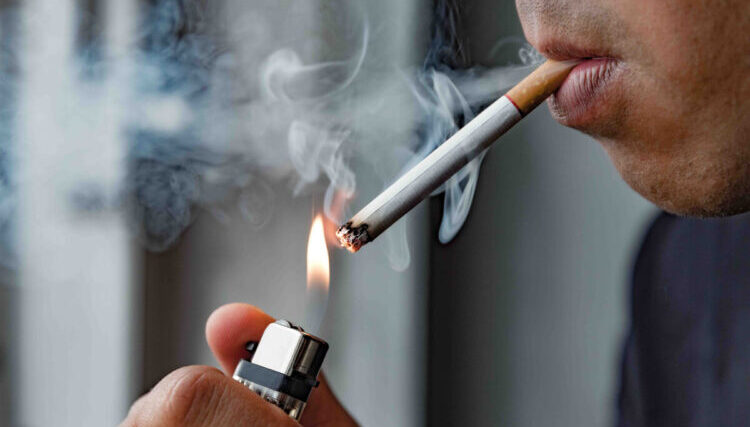Bad habits are an intricate part of human behavior, often leading us down a path we wish we hadn’t taken. One of the most notorious and widespread examples of a bad habit is nicotine addiction. In this blog, we will delve into the science behind bad habits and nicotine addiction, exploring the mechanisms that make these behaviors so hard to break.
From the intricate workings of the brain’s reward system to the psychological triggers that perpetuate addiction, we will journey through the landscape of addiction science.
Neuroscience Primer: Reward System and Addictive Substances
At the heart of addiction lies the brain’s reward system. This intricate network of neural pathways is responsible for regulating our feelings of pleasure and motivation. When we engage in activities that trigger this system, such as eating or socializing, our brain releases dopamine, a neurotransmitter associated with pleasure and reward.
Addictive substances like nicotine hijack this system. They flood the brain with dopamine, creating an intense euphoria that forms the basis of addiction.
Mechanics of Nicotine Addiction
Nicotine’s Impact on the Brain

Nicotine, a primary component of tobacco, is a powerful stimulant that binds to nicotine receptors in the brain. This binding results in the release of dopamine, producing feelings of pleasure and relaxation.
Over time, the brain adapts to the presence of nicotine by reducing the number of receptors, leading to tolerance. As a result, individuals require higher doses of nicotine to achieve the same pleasurable effects, driving dependency.
Psychological Triggers and Habit Formation
Understanding the psychology behind bad habits is crucial. Habits often develop as a response to psychological triggers like stress, boredom, or social situations. These triggers become linked to the act of smoking, reinforcing the habit loop. The habit loop consists of a cue (trigger), a routine (smoking), and a reward (pleasure). This loop becomes so ingrained that breaking it seems like an insurmountable challenge.
Overcoming Nicotine Addiction and Breaking Bad Habits
Withdrawal and Relapse

When attempting to quit nicotine, individuals often experience withdrawal symptoms such as irritability, anxiety, and cravings. These symptoms are a result of the brain’s adjustment to the absence of nicotine.
Relapse is common during this phase as individuals seek to alleviate these uncomfortable symptoms. Overcoming withdrawal and avoiding relapse is a critical part of the quitting process. Read more about the benefits of quitting cigarettes.
Cognitive-Behavioral Strategies
Identifying Triggers: First off, it’s important to figure out what’s causing those bad habits in the first place. These triggers could be certain situations, emotions, or even people that make you more likely to fall into your bad habits. Once you identify these triggers, you can start working on ways to avoid them or handle them differently.
Learning Coping Mechanisms: Okay, so you’ve spotted the triggers. Now what? This is where coping mechanisms come in handy. Instead of giving in to your bad habit, you can have a plan ready. For example, if stress triggers your habit, you could try deep breathing exercises or taking a short walk to calm yourself down.
Dealing with Cravings and Stress: Let’s face it, cravings and stress are like roadblocks on the path to breaking bad habits. But you can learn to navigate through them. Using techniques like mindfulness can be a game-changer. Mindfulness is all about being in the present moment and not letting your cravings or stress take over. It might sound simple, but it’s pretty effective.
Setting Goals: Goals give you something to work towards. They’re like little victories that add up over time. Setting clear and achievable goals can motivate you to keep going. For example, if you’re trying to quit a certain habit, you could start by reducing the frequency, and then gradually aim to quit altogether.
Positive Self-Talk: Your inner dialogue matters more than you think. Instead of beating yourself up for slipping up, try some positive self-talk. Tell yourself that setbacks happen, but they don’t define you. Remind yourself of your progress and how far you’ve come. It might sound cheesy, but it really does help.
Treatment Approaches

Various treatment approaches can aid in overcoming nicotine addiction. Nicotine replacement therapies, such as patches or gum, provide controlled doses of nicotine to reduce withdrawal symptoms. Medications like varenicline can block nicotine receptors, reducing the pleasurable effects of smoking. Counseling and support groups offer psychological and social support, increasing the chances of successful quitting.
Smoking Cessation Tools in New Zealand
Innovative approaches like using vapes (e-cigarettes) have gained popularity in smoking cessation efforts, especially in countries like New Zealand. Vape providers like Vapourium in NZ allow individuals to gradually reduce nicotine intake, helping to wean off the addiction more smoothly.
Prevention, Education, and Future Outlook
Health Consequences

Highlighting the health risks associated with nicotine addiction is essential. From respiratory issues to cardiovascular diseases, nicotine addiction poses severe health threats. Quitting not only improves physical health but also enhances overall well-being.
Social and Environmental Influence
Society and environment play a pivotal role in maintaining bad habits. Social norms, advertising, and peer pressure can perpetuate smoking behaviors. Recognizing and addressing these influences are crucial steps toward breaking the cycle of addiction.
Prevention Efforts
Preventing bad habit initiation is as important as overcoming existing habits. Early education, especially targeted at children and adolescents, can instill awareness about the risks of addictive behaviors. Creating supportive environments that discourage smoking and promote healthier alternatives is essential.
Future of Addiction Research
The field of addiction research is rapidly evolving. Ongoing studies explore novel therapies, such as deep brain stimulation, and advancements in personalized medicine to tailor treatments for individual needs. Emerging technologies hold the promise of more effective interventions in the future.
Understanding the intricate interplay between the brain’s reward system, psychological triggers, and external influences is essential in unraveling the science of bad habits and addiction. Armed with this knowledge, individuals can make informed choices, seek appropriate support, and work toward breaking the chains of nicotine addiction and other harmful habits.
The journey might be challenging, but with determination, resources, and a supportive community, overcoming addiction is within reach.
 Hi Boox Popular Magazine 2024
Hi Boox Popular Magazine 2024



